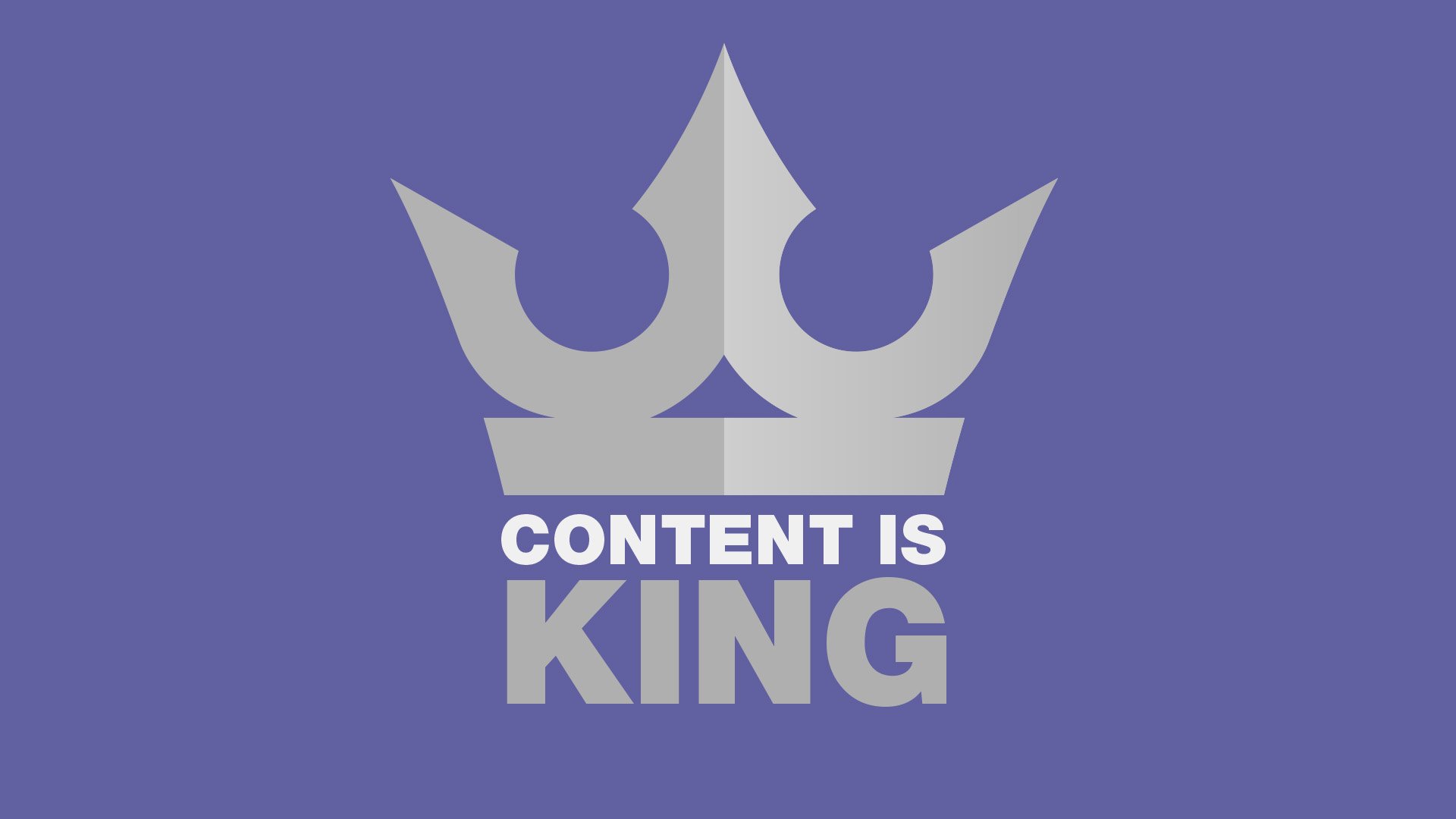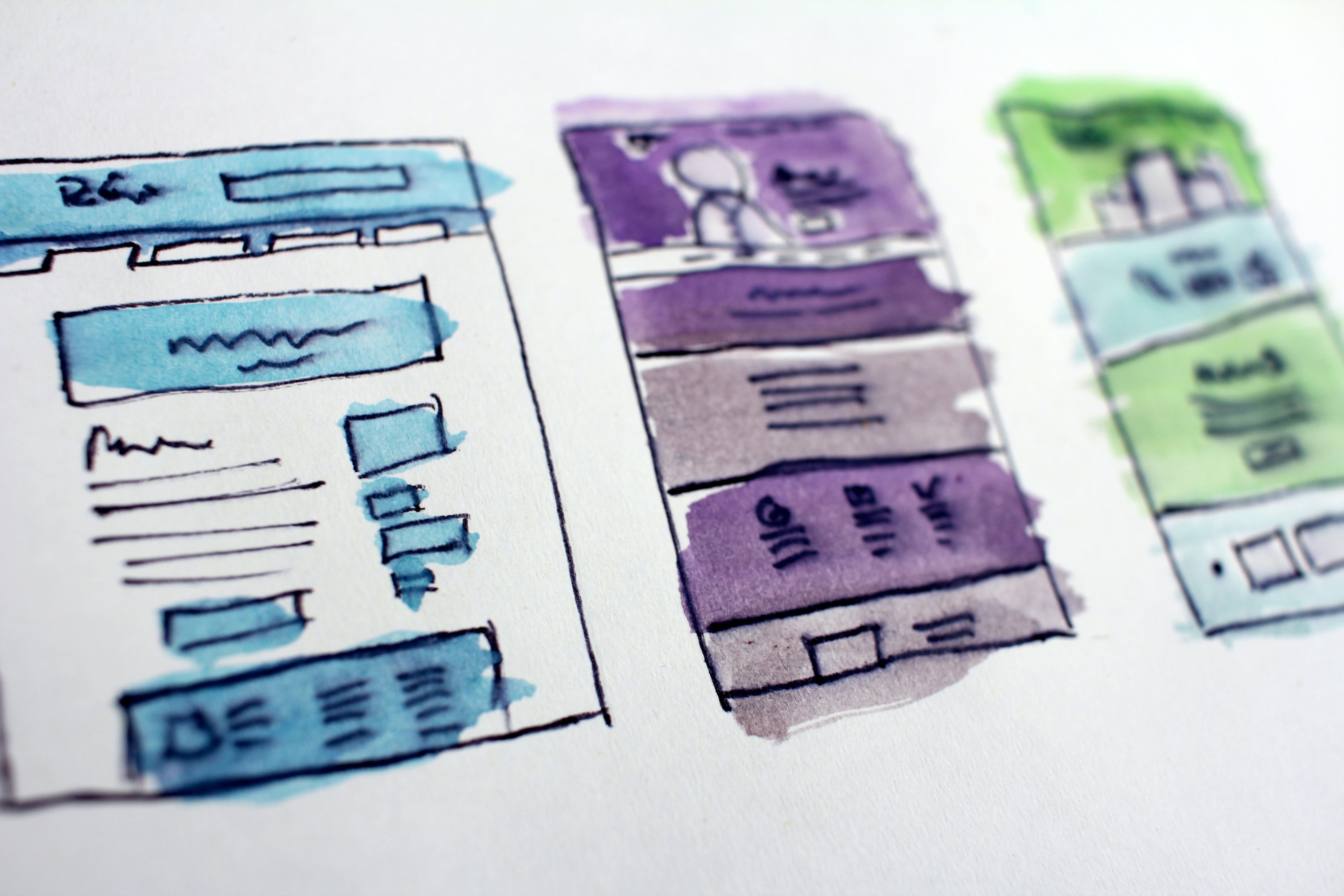
Repurposing Content: Why and How You Should Do It
In 1996, American business magnate Bill Gates wrote an essay called Content is King. This article explains that real money from online efforts comes from quality content. Today, over twenty years later, this statement still holds. Powerful content is the lifeline of your digital marketing strategy.
Quality content is essential in capturing, engaging, and converting your target market. It’s how you can grow your YouTube viewership, Facebook shares, or Instagram likes.
However, quality content doesn’t come cheap. So, how can you create new videos, images, articles, and other materials day in and day out?
The truth is that you can't, and you shouldn’t. Providing consumers with valuable information takes time and money, and it wouldn’t be wise to spend all your resources on this marketing approach. After all, you need to improve your products, business processes, and customer service to provide customers with an overall exceptional brand experience.
There is, however, a technique taking the industry by storm: repurposing content.
What Is Repurposed Content?
Repurposing content means changing a marketing material from its original form to fulfil a different objective. In most cases, repurposed content keeps the core message and ideas of the original one. However, you can move them over to another format. For example, if you have various testimonial videos from clients, you can turn them into social media, website, or email drip materials.
Through content repurposing, you can focus your energy on creating ground-breaking materials and then reusing them instead of producing several lacklustre ones.
This definition may sound like a walk in the park, but the execution can get tricky. For top results, it’s best to have repurposing in mind before developing any content. If you play your cards right, you can practice this approach and never make your audience feel like you’re just recycling your content.
Are you ready to create a repurposing plan?
In This Article:
This blog will give you the lowdown on everything you need to know about repurposing content, including the following:
- - Benefits of repurposed content
- - Checklist of where you can find the best materials to reuse
- - A brief guide to repurposing content, including five specific examples
Remember, this process is more than copying and pasting something you’ve written before. If you do it correctly, you can get more mileage from your marketing materials and use them across various sites.
The secret to successful content repurposing is to address the needs of your target market. There is no one-size-fits-all strategy across digital platforms because they have varying best practices.
Read on to learn how to use this marketing technique to squeeze more value from all the materials you create.
Benefits of Repurposing Content
In today’s digital era, content is essential in entertaining, inspiring, educating, and convincing potential customers. Take a look at how repurposing content helps you achieve such goals.
Save Time and Money
According to Asana’s 2021 Anatomy of Work Index, 60% of marketers spend too much time on low-value tasks. These duties include attending content calendar meetings, brainstorming marketing materials, and deciding specifics about each one.
However, by repurposing content, you can just switch up the format of the high-quality content you’ve already produced. Doing so frees up precious time for your marketing department to focus on high-value tasks, like converting clients into customers.
Enhance SEO Strategies
Search engine optimization (SEO) is all about elevating customer experiences. Creating high-value content should be a priority in SEO. When you run your numbers and discover which of your materials appeal to your target market, it’s best to send out as many versions of it as you can.
They’re likely the ones with high unique visits, shares, and engagement. By repurposing quality content, you make Google see that you are a reliable source of information about certain topics.
Appeal to Various Buyer Personas
Consumers process information differently. People can be visual, auditory, hands-on, or reading and writing learners. For this reason, turning a piece of content into various forms lets you reach more prospects across different mediums.
So, if you have a standout blog, it might appeal to readers but not to visual or auditory learners. If you want to offer personalised content for different audiences, repurposing materials can do wonders for your efforts.
Speed Up the Sales Process
According to the Marketing Rule of 7, potential clients need to hear your message seven times before purchasing from your brand. Depending on how fast you act, this process could take anywhere between one week and one year.
By recycling past materials, you can create several bite-sized pieces of content and spread them across various platforms. Doing so lets your message sink in, therefore speeding up the sales process.
Boost Credibility
Repetition is crucial in digital marketing, but you have to mix and match your content to keep things interesting. To boost your authority, it’s best to deliver your message in different content forms spread out during a campaign. The most cost-effective way to do this is by repurposing content.
Target Buying Stages
Modern consumers value personalization. In fact, according to recent personalization statistics, 91% of consumers are more likely to support brands that send relevant offers and suggestions.
When you target people in different stages of the buyer journey, it’s crucial to use materials that resonate with them. If you reuse quality content, you won’t have to spend too much time developing a campaign for different buyer groups.
Redeem Less Successful Pieces
No matter how much time, money, and energy you spend on your content, some will not perform as well as others. However, it’s not always because of poor research or execution. Sometimes, you could just not have chosen the ideal content type for your material.
For instance, a too-long ebook could become easily digestible blogs, infographics, or social media posts. Your content archive could be a gold mine of valuable materials!
Checklist: Identifying Quality Content
Ideally, you should think of repurposing even before creating any marketing material. However, if you’re only starting such efforts, there are ways to identify which of your past content you can revamp. Below are ways to find sure hits with your target market.
Evaluate Past Content
First, think of your current goals. Do you want to improve conversion rates, boost site traffic, or gain social media followers? Whatever your objectives are, your content should help you achieve this.
For example, if you want to improve your conversion rates, it’s best to create retargeting content for those who already know your brand. You can showcase products you know the audience is interested in.
Choose Evergreen Materials
In marketing, evergreen refers to strategies that remain relevant for long periods. For instance, instead of a blog called Top 10 Ecommerce Trends for 2021, it’s better to go through one called 7 Practical Ways To Grow Your Online Shop.
Go through your archives and choose high-quality, valuable content that will resonate with your current customers. Note such materials and add them to your repurposing list.
Review Popular Posts
Your audience is the best group to determine which content will attract potential customers and engage current ones. If you want to start recycling your content, it’s best to check which posts performed well over the past year.
Keep an eye out for your most shared, commented, and liked materials. These posts present quality repurposing opportunities.
A Quick Guide to Repurposing Content
Now that you know how powerful repurposed content is, it’s time to develop your materials. Below is a quick guide to starting your repurposing journey, with five examples of ideal strategies.
1. Turn Blog Posts Into Podcast Episodes
There may be more visual learners than auditory ones, but it hasn’t stopped the monthly podcast listeners in the U.S. from reaching an impressive 116 million people. The best thing about these episodes is that you can choose from virtually any topic you want. Plus, you can listen to episodes on your phone while you drive, garden, or do house chores.
Today, the ideal blog length is anywhere between 2,100 to 2,400 words — which may be too much for most audiences. If you have an engaging article, you can deliver the same content in a more digestible way.
You can even add more impact by inviting experts on the topic. Doing so allows you to expand on the information you initially wrote. To reach more listeners, promote your podcast episode across your other platforms.
2. Turn Website Content Into Videos
Your website already contains valuable information about your brand, so why not turn this into manageable nuggets of information?
For instance, you can create videos about your origin story, client successes, and testimonials. You can use them across various platforms, from your social media pages to email efforts to product pages.
3. Turn Statistics Into Infographics
As a marketer, you should research before running any campaign. You should also gather metrics from your SEO, social media, and advertising efforts. When you have a collection of valuable information, you can turn them into infographics.
This content type speeds up the decision process, boosts engagement, and enhances shareability. Once you have the data on your hands, creating infographics should be a walk in the park.
4. Turn an Ebook Into Social Media Posts
Developing social media posts is one of the most tedious tasks of a marketer — but also one of the most rewarding. Experts suggest different posting frequencies, but most agree that Facebook, Instagram, Twitter, and LinkedIn require at least one post daily.
Check your archives for an engaging ebook and share the valuable information you find across your social platforms. Doing so can help you fill your social calendars without spending too much of your valuable time.
5. Turn Webinars Into Step-by-Step Tutorials
Step-by-step tutorials — whether in video or written form — elevate consumers’ brand experiences. After all, they’re easily accessible, straight to the point, and great for visual learners.
If you have a standout webinar that reached conversion, engagement, and attendance targets, don’t let it go to waste. You can recreate portions of it through your other platforms, including your website, YouTube channel, and email drips.
Build Your Content Repurposing Strategies Now
Creating quality content is an essential part of any marketing technique, from SEO to social media marketing to email marketing. However, developing standout materials nonstop can be an overwhelming process.
Don't panic! With repurposed content, it’s much easier to capture, engage, and convert the ideal audience. If you don’t have the resources to practise such strategies, it’s best to work with DALIM SOFTWARE.
DALIM SOFTWARE has been serving marketing needs across various industries for over 30 years now. The team’s experienced professionals, innovative technologies, and world-class customer service have transformed hundreds of brands. With DALIM SOFTWARE on your side, you can start achieving your goals too.
Book a demo now to discover how an automated workflow solution can simplify your content repurposing efforts.



